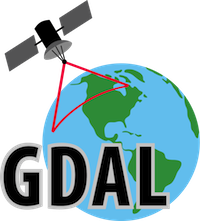Minifying Images on the Command Line
May 4, 2023 • #When I put images on this blog, I try and manage down the file sizes so browsers aren’t having to load multi-megabyte images for no reason. Since I use Jekyll and a very simple setup of static files with minimal processing tools, I need to do this manually. For years when I wanted to optimize an image file quickly, I’d upload to TinyPNG and redownload the shrunken version. Super simple.
But I wanted a way to do this on the command line rapidly, and to be able to write scripts to batch process images if I need to (which I commonly do for images in my Library section).
We’re in luck because TinyPNG has a free API for this. If you’re just doing a few images here and there, the limits are generous enough to be plenty. Start by going to their Developers page, create an account, and sign into it. Then head to the API keys page and generate yourself a new one.
Once you’ve got that setup, now you’ll need the tinypng-cli tool from npm (it’s open source).
You’ll need nodejs installed for this, which you can download or install from a package manager like Homebrew.
Once downloaded, get yourself the CLI:
npm install -g tinypng-cli
With everything set up, shrinking an image is now a piece of cake:
tinypng example.png -k YOUR_API_KEY
I then took this a step further and made myself a one word shortcut using a function I’ve added to my shell profile (see here for more on updating your shell profile — I use zsh):
function tiny {
tinypng $1 -r -k YOUR_API_KEY
}
Now a simple command like this shrinks my image:
tiny example.png
I’ve also built a simple script template in Ruby to batch convert the JPEGs in a single directory. It’ll process any images inside its director and put them in a resized/ subdirectory:
#!/usr/bin/env ruby
Dir.glob(["*.jpg","*.jpeg"]) { |f|
filename = File.basename(f, ".*")
puts "Minifying #{filename}..."
`tiny resized/#{filename}.jpg`
puts "Minify complete."
}

 The renaissance tool of choice for all sorts of data munging is
The renaissance tool of choice for all sorts of data munging is